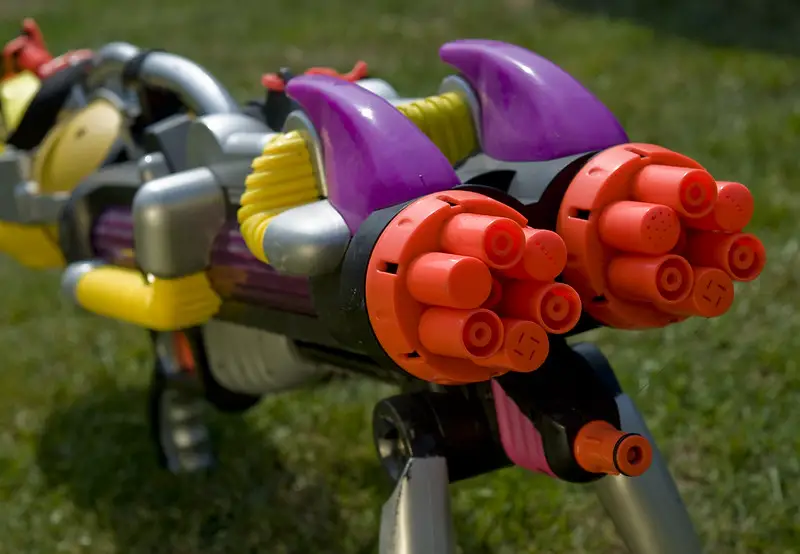In the mid-19th century, police officers in New York and Boston relied on less-lethal weapons, mostly wooden clubs in any use-of-force incident, injury is a possibility (Ya think). Pepper spray was among the first of newer, less-lethal weapons to achieve widespread adoption by police forces. More recently, conducted energy devices (CEDs), such as the Taser, have become popular. No mention of legality of Super Soakers.
At least seven major U.S. cities and a few states have enacted or proposed tight limits on the use of non-lethal weapons. A database by the International Committee of the Red Cross shows the ban of riot control agents in war went into effect in 1997, but still made it legal for law enforcement use.
Under these new rules, police are specifically restricted from:
- Firing less-lethal launchers into a crowd (Clearly no Nerf guns)
- Rubber ball distraction devices
- Pepper spray canisters (No pepper at peaceful protests)
- Long Range Acoustical Device (Rock bands and Boy Bands prohibited)
- Tear gas (Crying young people is not good on video)
- Sponge and bean bag projectiles (No cornhole games)
After careful scrutiny, police departments around the country have determined that super soakers are not among the non-lethal methods banned. Super soakers could be used to disperse crowds; also to retard fire spread.
Protesters are demanding to know if the water used is natural mineral, spring, ground water, storm water, waste water, distilled water or sterile water (It’s water you idiots). They are concerned about toxicity for the environment and personal health (It’s water you imbeciles). In the meanwhile, they can be seen with umbrellas to use as a defense against water (really).
Image From : “Water guns (04)” (CC BY 2.0) by Graham S Dean Photography






